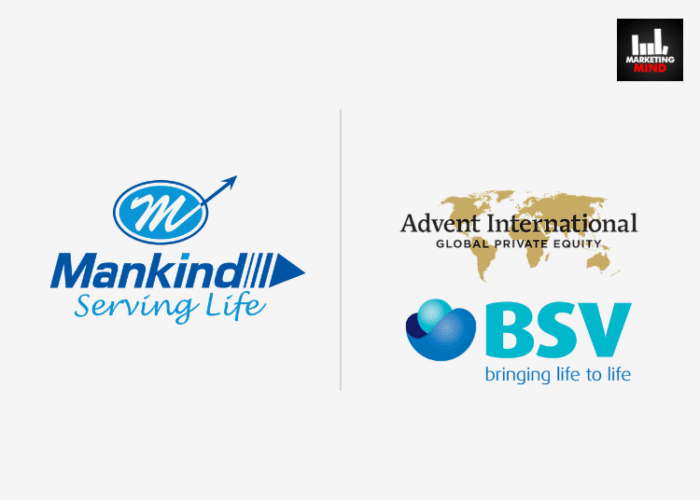As India’s advertising outlook embraces the green wave, will brands dive deeper into genuine sustainability practices or remain adrift in the shallows of greenwashing?
In the busy bazaar of Indian advertising, a new shift is emerging: the holding of sustainability. From eco-aware operations to recycled wrapping enterprises, firms are competing for the “green” customer notes. But within this upsurge, an important question remains unanswered: Is it a genuine issue for the planet or simply greenwashing?
Greenwashing – the deceptive use of eco-friendly claims to misinform consumers – has sadly become a used method. Yet, our nation’s consumers are progressively savvy, requesting for action, not just words. This alteration gives a special chance for companies to move outside performative sustainability & grip honest practices that vibe with their people.
 According to ASCI guidelines, advertisements are mandated to make precise claims restricted to the portion of the product or service that genuinely provides an environmental advantage. Any environmental benefit claimed must not be based on a legal obligation if similar products are bound by the same regulations. Additionally, all seals and certifications must be sourced from accredited organizations. Making future promises about being environmentally friendly is prohibited unless there are concrete plans in place to fulfill those claims.
According to ASCI guidelines, advertisements are mandated to make precise claims restricted to the portion of the product or service that genuinely provides an environmental advantage. Any environmental benefit claimed must not be based on a legal obligation if similar products are bound by the same regulations. Additionally, all seals and certifications must be sourced from accredited organizations. Making future promises about being environmentally friendly is prohibited unless there are concrete plans in place to fulfill those claims.
CEO and secretary-general of ASCI, Manisha Kapoor said –
“It is necessary that consumers have the correct information to make informed choices to support green products. It is also important that organisations that genuinely provide greener products are able to communicate this clearly to consumers. The Government too has expressed their concern on greenwashing or false green claims, and we believe that these guidelines are a significant step towards promoting transparency and accountability in environmental/ green claims made in advertising.”
So, what does “genuine” sustainability in Indian advertising look like?
- Along with the Visuals, Appreciate the Values: Sure, showing lush green sites and recycling signs is eye-catching, but actual sustainability digs even deeper. Does your org’s main mission and actions display environmental responsibility? Are you see-through about your source chain & carbon footmark? These are the queries buyers are asking, & in this case, greenwashing won’t serve.
- Action Speaks Louder Than Words: Don’t just talk about reducing plastic waste, show us. Partner with NGOs for beach cleanups, climax your creativities to use second-hand materials, and offer consumers eco-friendly packaging options. Always keep in mind, actions speak louder than words, & good efforts will vibe far more strongly.
- Localize Your Narrative: Maintainability of the nature isn’t one-size-fits-all. You must know the problems specific to your aimed viewers & area. An operation concentrating on water conservation might resonate more in drought-prone areas, while energy efficiency might be of greater concern in urban centres. Adapt your communications for influence, showing a true knowledge about local needs.
- Collaborate, Don’t Compete: The fight for a sustainable future shouldn’t be a solitary pursuit. Partner with other businesses, NGOs, and govt. agencies to make great campaigns & inventiveness.
- Clearness is a Must: Be truthful about your problems and limitations. People love legitimacy & want to link with firms that confess their labours are ongoing. Share your sustainability roadmap, stressing areas where you’re striving to recover. This suppleness develops faith along with loyalty.
Brands Acing the Game with Right Campaigns
Schneider Electric’s Green Yodha campaign
Started sometime around 2010-2011, aligning with Schneider Electric’s increased focus on sustainability. This initiative aims to empower individuals and businesses to combat climate change through energy-efficient practices and sustainable solutions, fostering a community committed to reducing carbon footprints and promoting green energy adoption.
Tata Group’s Tea JaagoRe campaign
JaagoRe campaign which earlier started as a social cause, asking voters to be aware, was re-initiated with a focus on climate change in 2009-10. The campaign focuses on awakening societal consciousness towards various issues, including climate change. It encourages public participation in environmental conservation, promoting sustainable living practices and the importance of individual actions in making a significant impact.
Some other noteworthy campaigns are:
Hyundai Motor India Ltd.’s ‘Save Water Challenge’
Nestlé Maggi’s ‘2-minute Safai Ke Naam’
Godrej Group’s ‘Good & Green’ Campaign
The path to authentic creativity and maintainability in Indian promotion is created with aware action, transparent communication, & a real vision of local needs. By moving outside greenwashing & tolerating genuine practices, orgs can not only pay to a better earth but also make good relations with regulars who gradually order ecological charge 1st.
This is not just a company point of view, but an ethical one. When we cross the tests of weather change & resource scarcity, Indian advertising has the power to shape a more sustainable future. Let’s choose to use that power wisely, creating campaigns that inspire action, not just fleeting simulations. The upcoming time of our planet, and the success of our orgs, hinges on it.
What are your thoughts in this? Let us know in the comments below!













